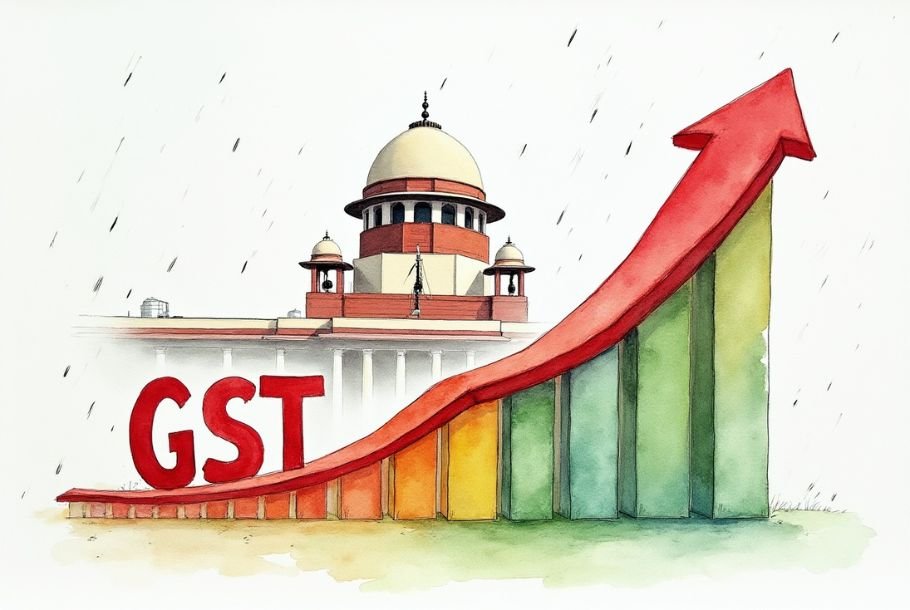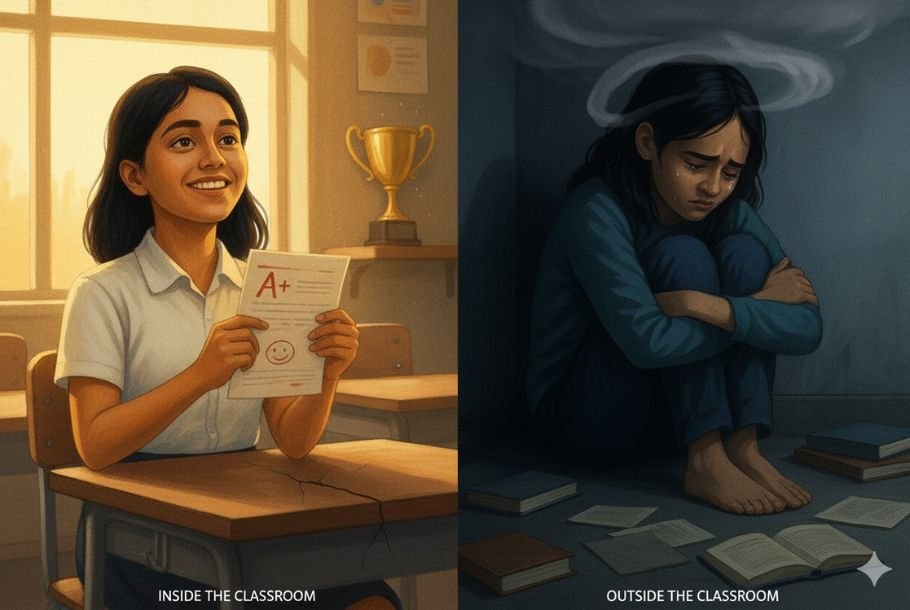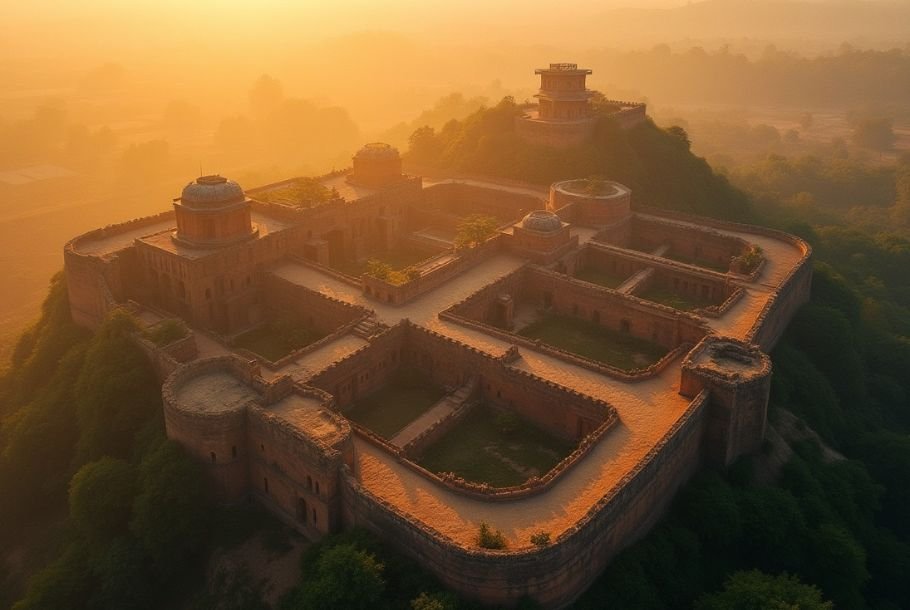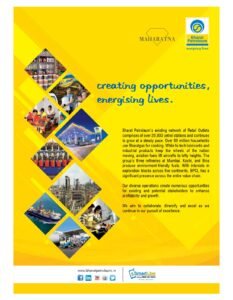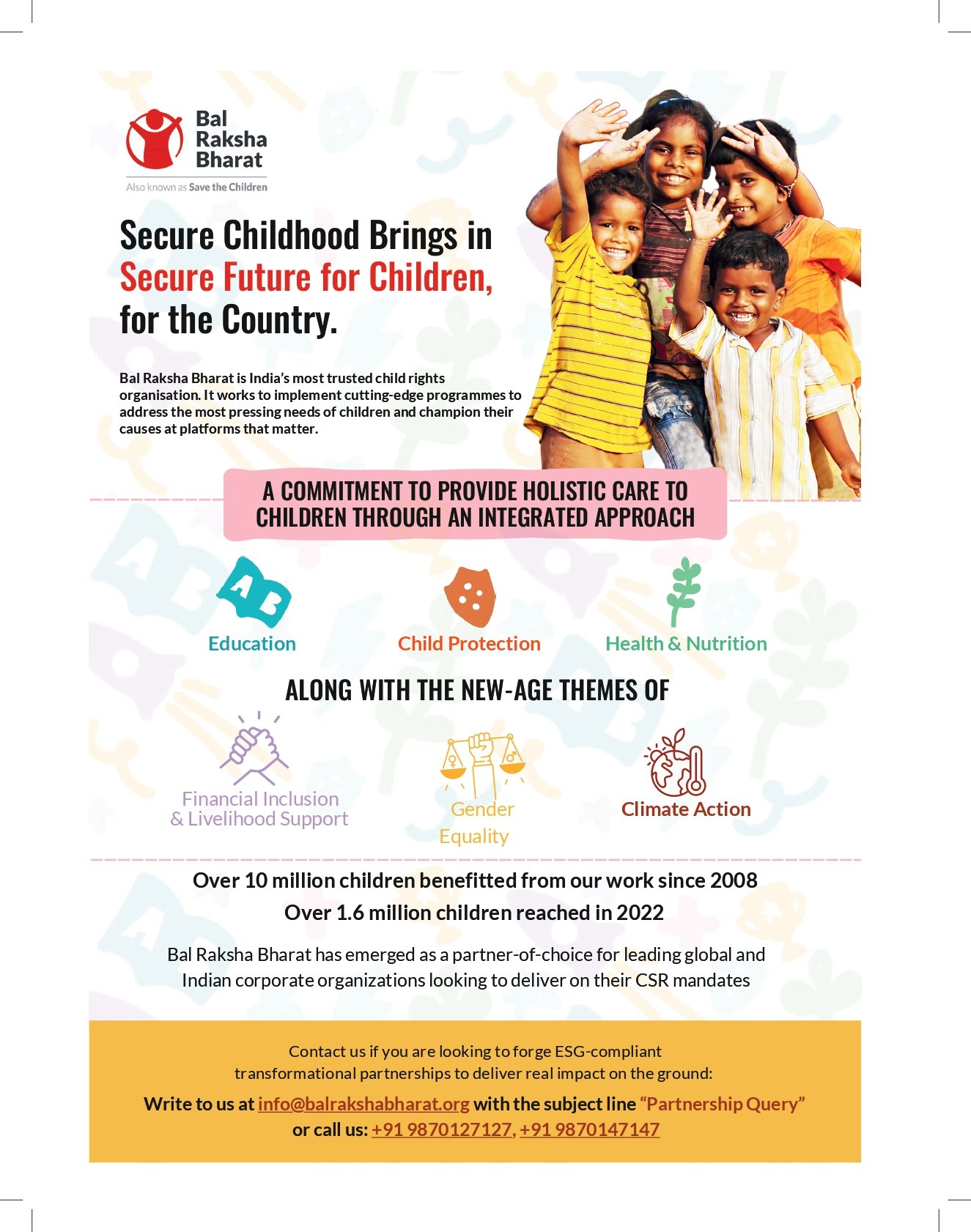
Dr. Kuldeep Singh
Culture is not just what we inherit—it’s what we experience, live, and carry forward. And sometimes, one journey can open more minds than a thousand lessons.
Recently, I had the privilege of accompanying 67 children of Deepalaya Children’s Home on a two-day heritage exposure tour to Jaipur and Ajmer, supported by MMTC-PAMP under their CSR initiative for inclusive development. For me, this was far more than a CSR activity it was a living demonstration of how exposure becomes empowerment.
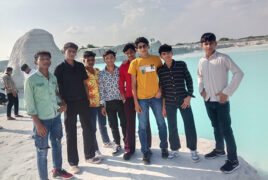 When Travel Becomes a Teacher
When Travel Becomes a Teacher
Our journey began in Ajmer, where the children explored Jagatpati Shri Brahma Mandir and the Nareli Jain Temple. Many children had never traveled outside Delhi before. Their faces reflected awe, curiosity, and a quiet sense of pride.
The next day took us to Jaipur, the famed Pink City. As soon as we entered, the children’s eyes lit up at the sight of the vibrant buildings, bustling streets, and the aroma of local markets. They laughed, ran, and pointed at every corner, as if stepping into a living storybook. For many, it was their first encounter with such color, culture, and energy — and the thrill was palpable.
At Sisodia Rani Ka Bagh and Amber Palace, children sketched arches, traced carvings, and istened to tales of kings, queens, and artisans. Their curiosity was infectious, and I felt strongly that heritage teaches far more than history ever can — it builds confidence, imagination, and a sense of belonging that no classroom alone can provide.
At Kishan Garh, a large open play area resembling a snowy field, the children ran, posed for ictures, and shouted with joy. Their laughter echoed across the space, reminding me that heritage trips are not only about learning but also about creating moments of freedom and delight.
Heritage as a Bridge to Inclusion
Inclusive development is not only about access to education or healthcare — it’s about experiences that help children see the world, and themselves, differently.
For orphaned and vulnerable children, heritage exposure fosters pride, identity, and emotional resilience.UNESCO calls culture the “fourth pillar of sustainable development,” yet in many CSR initiatives, it is often overlooked. This journey showed me that heritage can serve as a powerful tool for inclusion, linking real-world experiences to SDG 4 (Quality Education) and SDG 10 (Reduced Inequalities).
At Amber Fort, one child whispered, “I didn’t know our country had such beauty.”Those simple words carried the essence of the trip. It wasn’t just about discovering Rajasthan — it was about discovering themselves. Culture, when accessible, becomes a true equalizer.
When Local Traditions Inspire Young Minds
Beyond monuments, Jaipur offered the children a glimpse into living traditions. They met local artisans demonstrating blue pottery, block printing, and mirror embroidery, learning the patience and creativity behind each craft.
One girl expressed her desire to learn painting; another boy wanted to become a tour guide. These sparks of aspiration are the real measure of impact.
I strongly feel that CSR should go beyond funding — it should create platforms for participation and experiential learning. I feel delighted as through this strategic partnership, MMTC-PAMP is not only providing financial support but also empowering children by building their confidence, nurturing imagination, and inspiring the courage to dream.
Culture, Collaboration, and CSR in Action
I often reflect that UN Sustainable Development Goals remain aspirations unless all stakeholders — corporates, communities, and educators — work together at the grassroots.
This heritage trip was proof of what collaboration can achieve.
It demonstrated that culture, art, and human experience, when shared, can foster empathy, inclusion, and social responsibility. Heritage thrives when experienced, not just preserved.
By engaging children directly with India’s traditions, we teach respect, empathy, and the value of diversity — qualities essential for an inclusive society. CSR can play a transformative role here, making culture a driver of social empowerment, not just a compliance activity.
From Monuments to Mindsets
As the trip ended and we boarded the bus back to Delhi, the children were humming songs, showing sketches, and sharing stories with each other. They carried souvenirs, yes, but also pride, wonder, and new aspirations.
I strongly believe that inclusive development begins when we include experiences, not just entitlements. When heritage reaches those often left behind, it does more than preserve culture — it restores dignity, confidence, and hope.
The two days in Jaipur and Ajmer may have been short, but the impact will last long. For these 67 children, the journey was not just sightseeing — it was discovering their place in India’s grand story.
And for me, it was a reminder of why CSR matters: when culture touches hearts, partnerships go beyond compliance — they transform lives.


